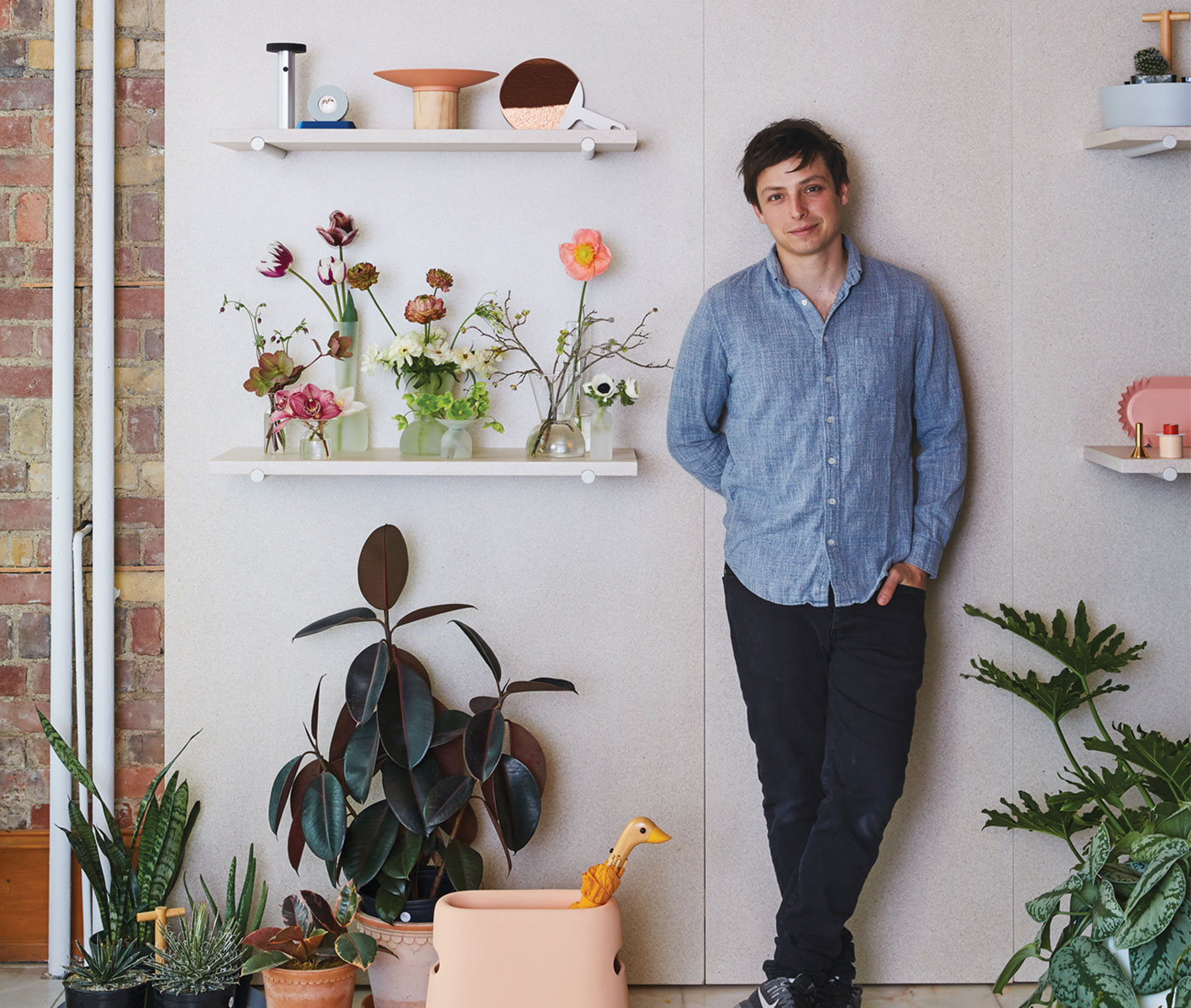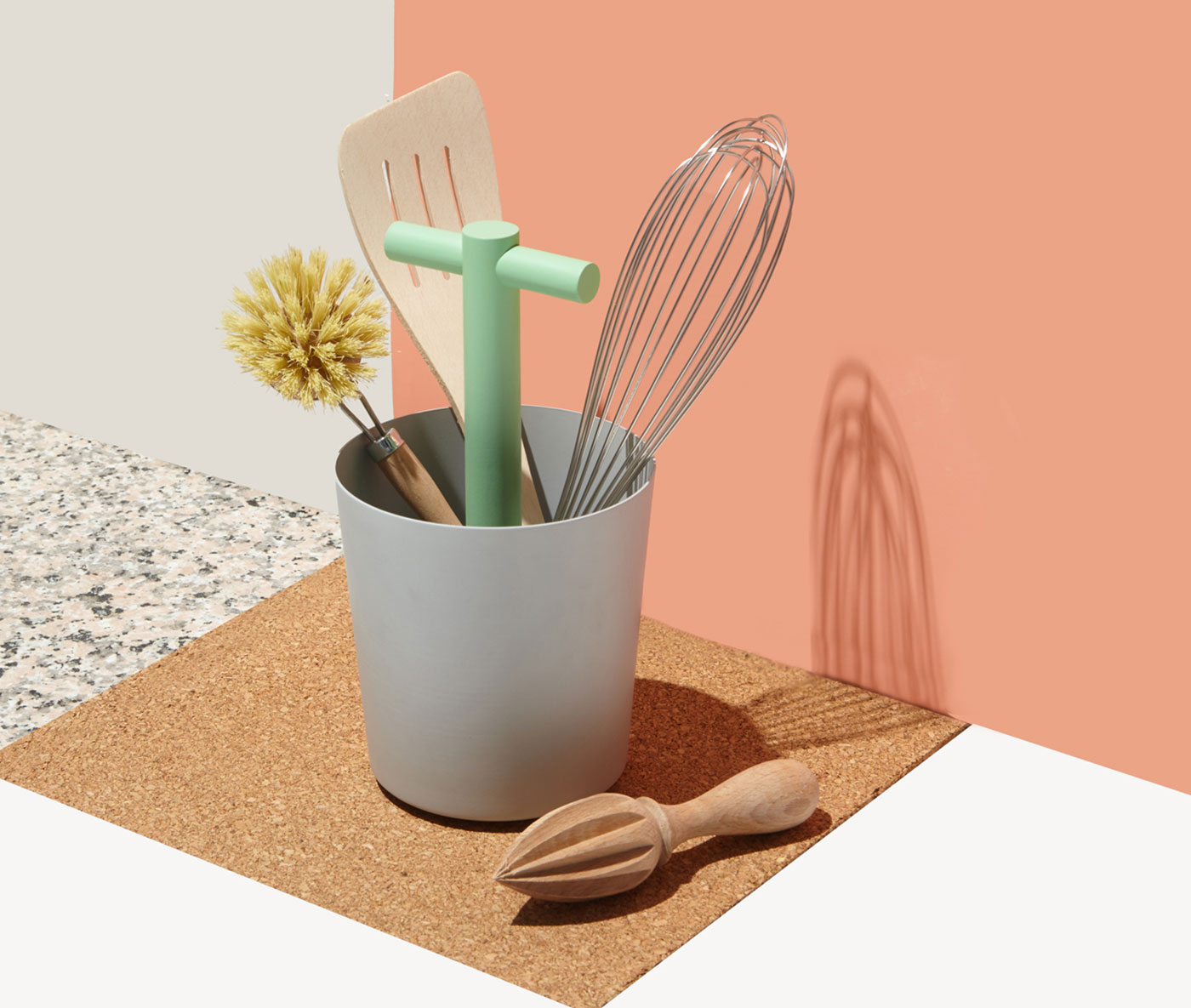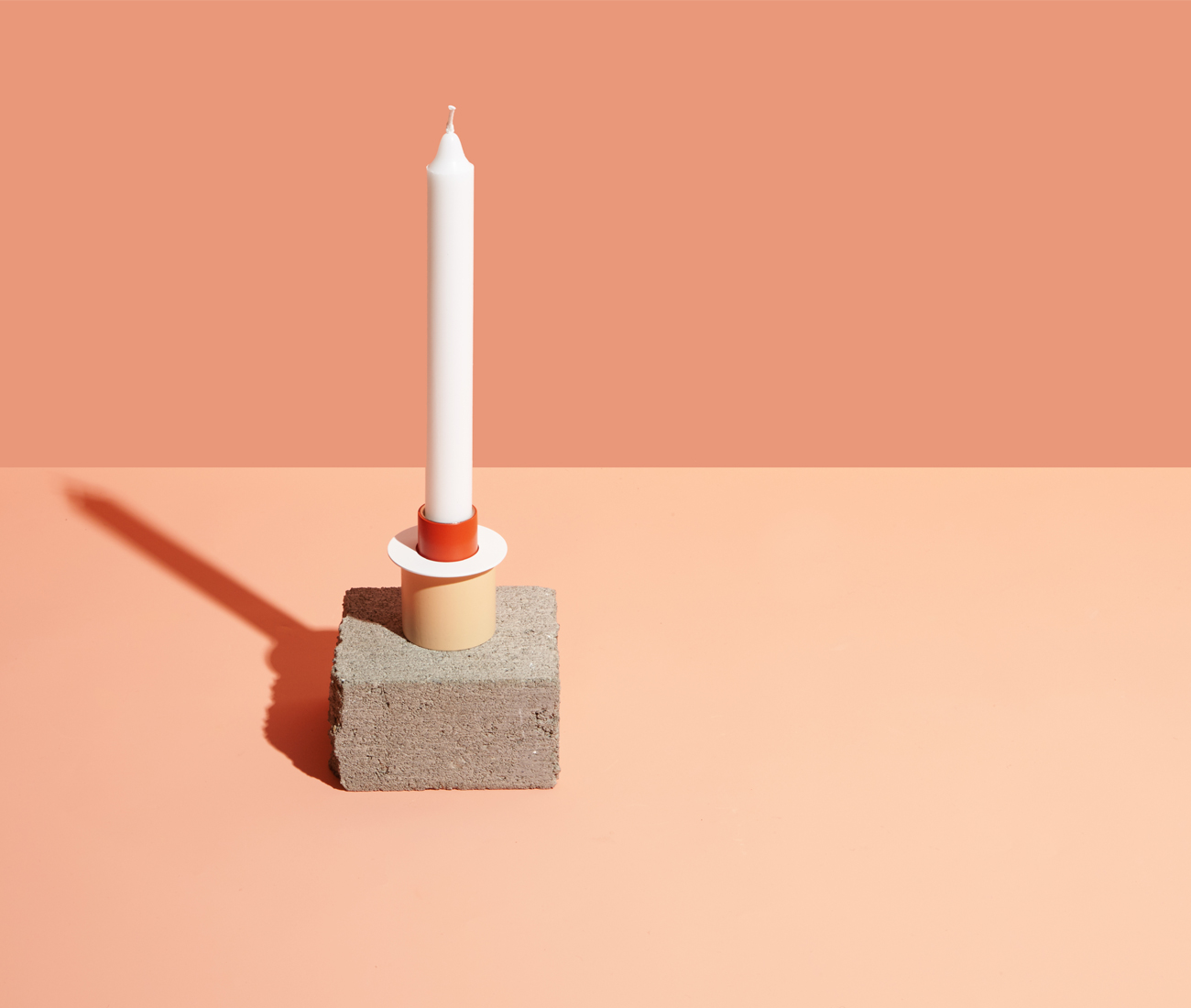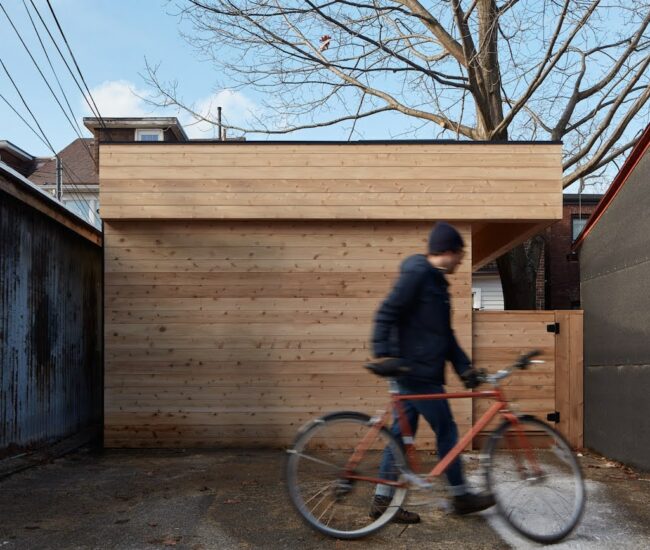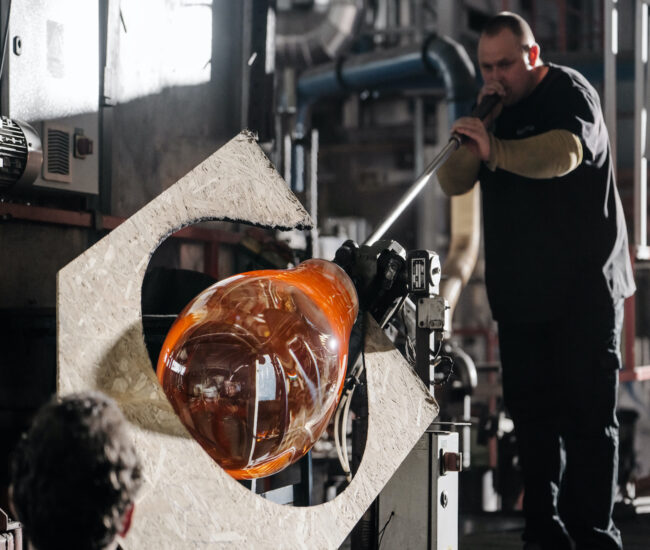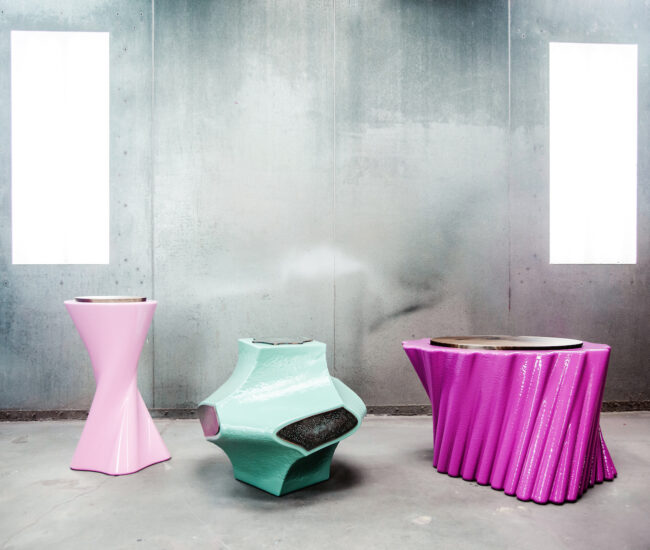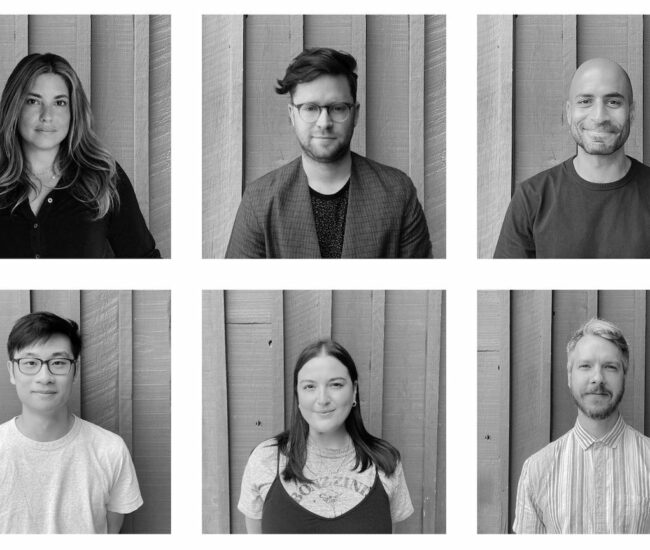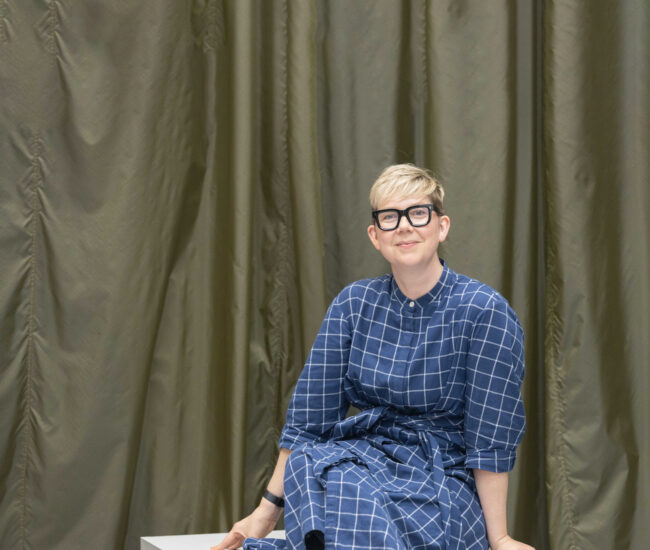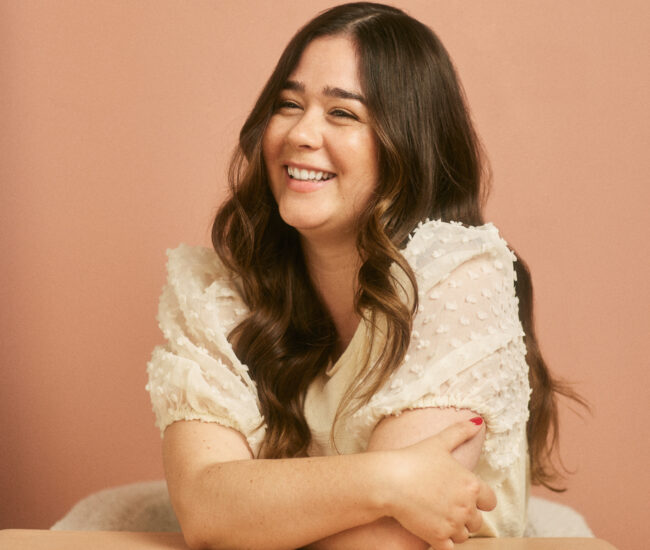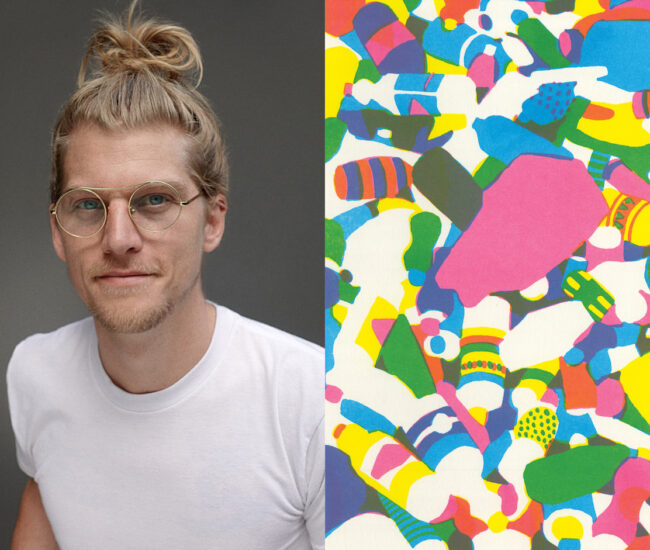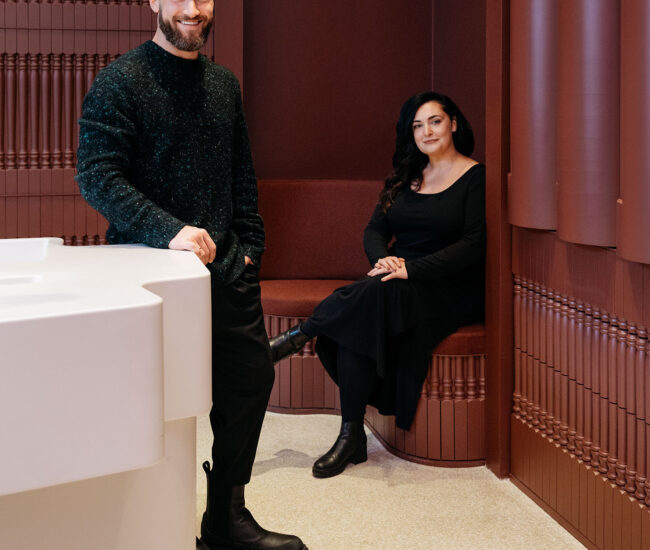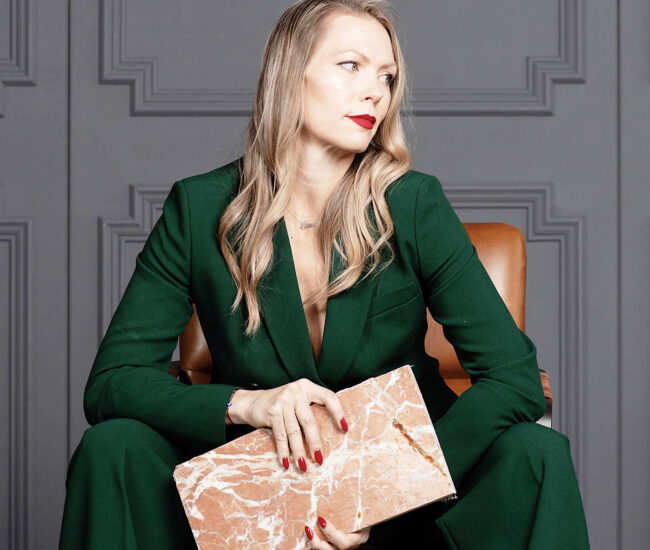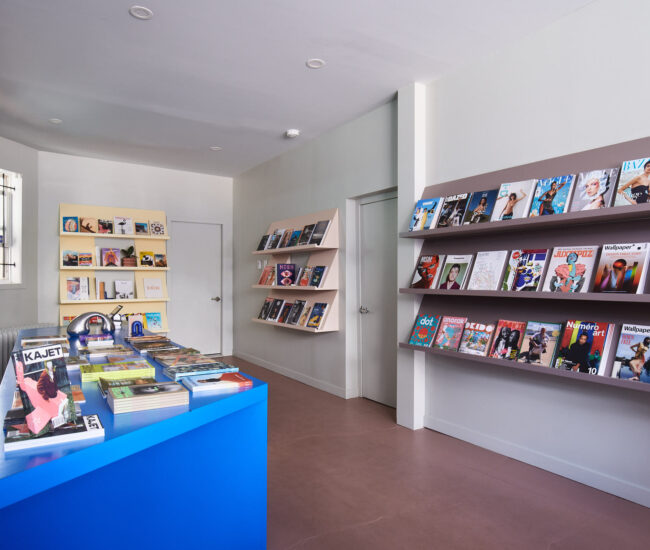For Designer-Entrepreneur Jamie Wolfond, Good Things Ahead
Jamie Wolfond the king of a New York housewares brand plans his homecoming
Like fellow Canadians Karim Rashid and Theo Richardson before him, 26-year-old Jamie Wolfond has captured America’s attention. The Toronto-born graduate of the Rhode Island School of Design is the founder of Good Thing, which produces his coveted homewares, as well as those by emerging and established designers.
The Brooklyn start-up’s products are minimalist, yet packed with personality, and the company recently made its foray into small furniture, launching a cage-like stool by Toronto’s MSDS Studio. The seat is likely the first of many hometown collaborations for Wolfond, who just opened an office in the Junction. We caught up with him at Flùr, an MSDS-designed floral shop filled with Good Thing’s Gather vases, to find out what’s brought him back – and what’s propelling him forward.
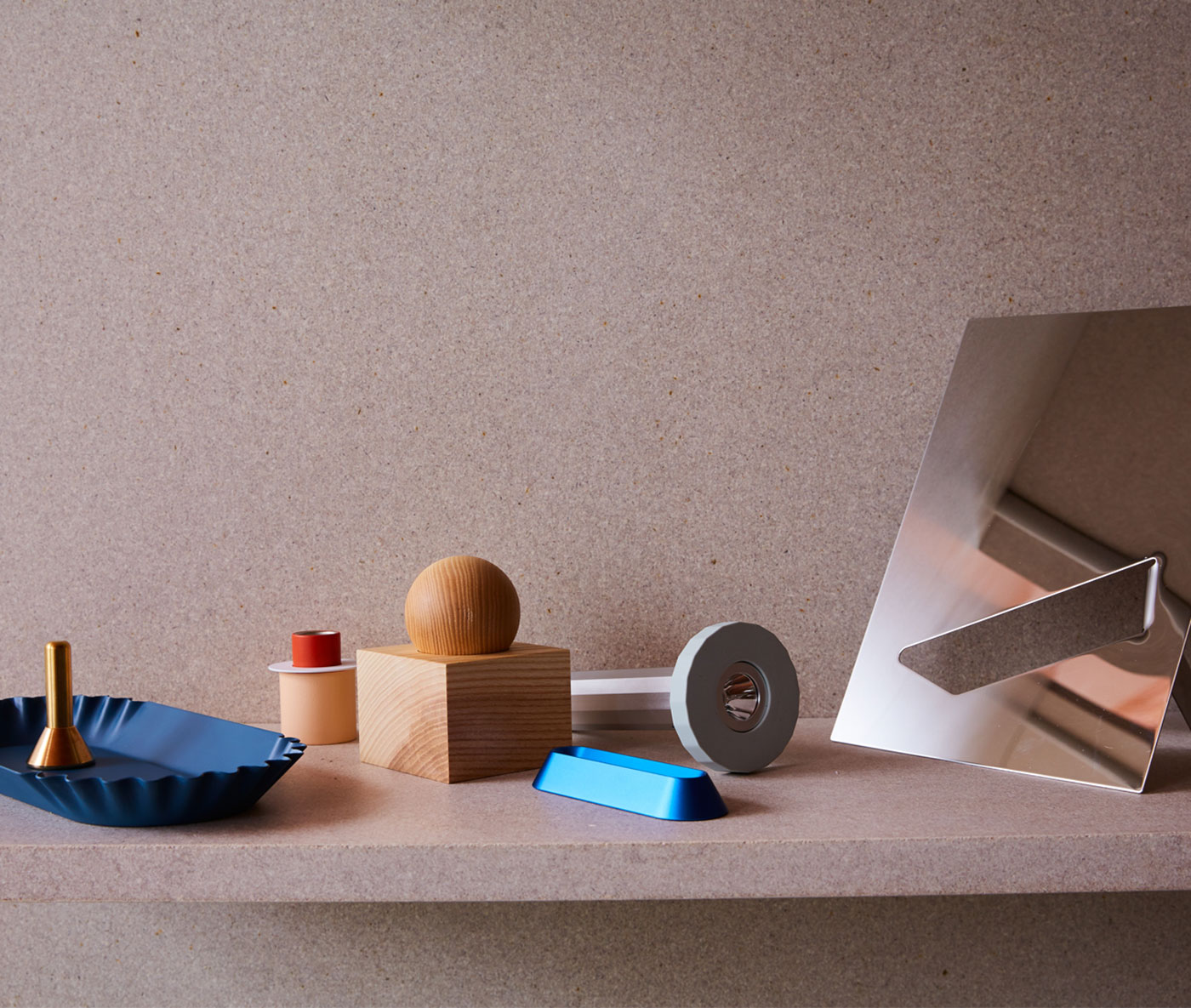
DL: What made you launch your own homewares company?
Jamie: After I graduated, I originally set out to licence my work to other manufacturers. But a company like Herman Miller is just not accessible if you aren’t an established name. And I grew frustrated by the opacity of dealing with industry players who make you sign a contract before finding out if your design can be made.
I didn’t want to rely on someone else’s process for determining if the things I was coming up with might be makeable or marketable. So, I started trying to produce my own objects. I focused on inexpensive products knowing that the market I could reach would be larger. Soon I realized that, if I was sourcing factories to manufacture my designs, I could also leverage those relationships to deal with other young designers in a way that was transparent and collaborative.
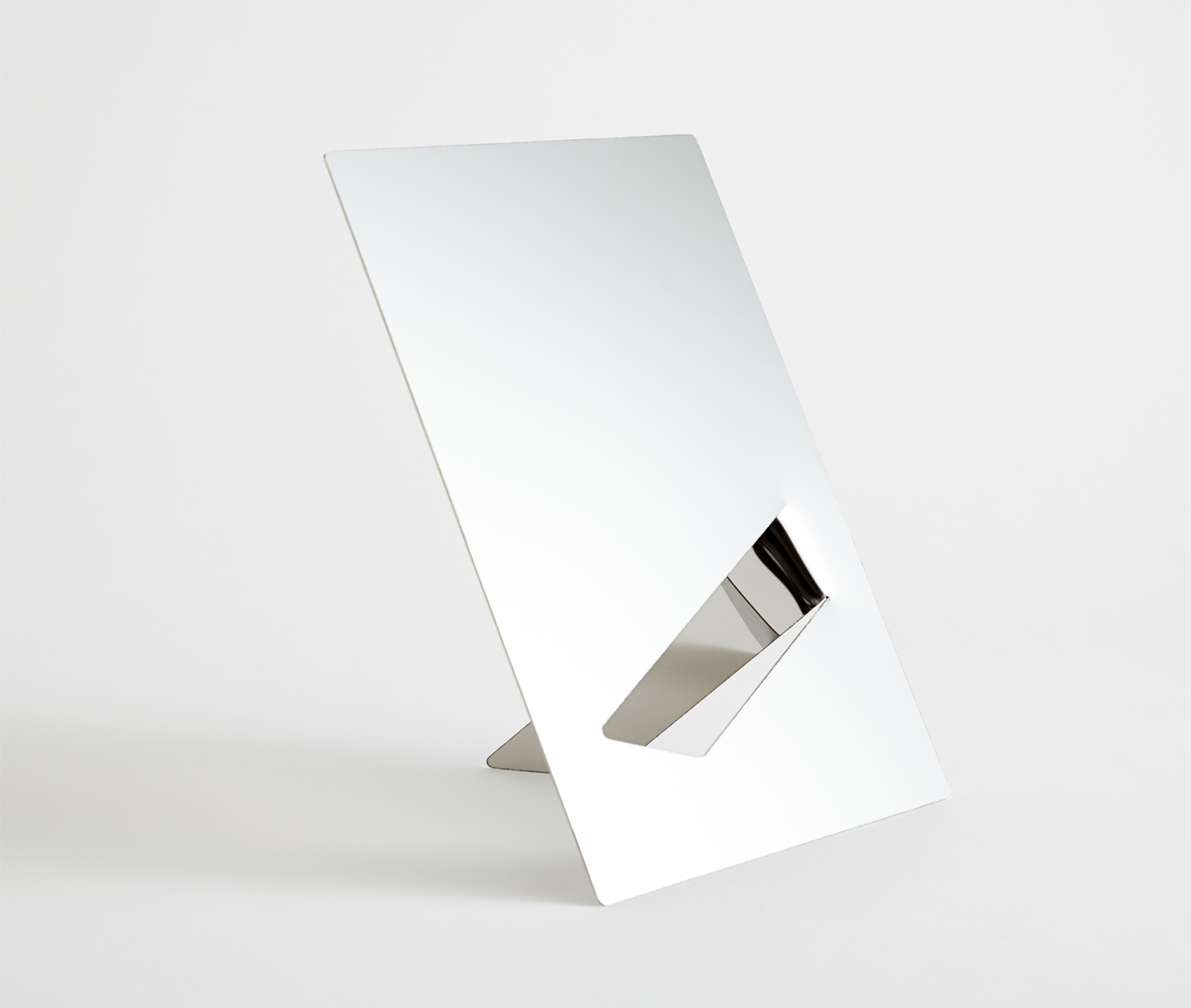
What sets a Good Thing design apart?
We develop products that respond to the inherent qualities of their materials and their manufacturing process. The Easy Mirror, for example, uses one material – mirrored stainless steel – for two purposes: mirror and stand. You press and bend a small portion of the sheet to form a stand. It’s a medium-specific design – it would be much harder to execute as a glass mirror. But the way that it plays to the strengths of steel gives the product a certain amount of poetry, without having that interfere with its utility.
What have you learned during your first three years in business?
One of the most interesting things has been seeing what overseas manufacturing is like. And it’s so different from the stigma. I began Good Thing with two conflicting goals – I wanted our products to be affordable, and I wanted them to be made in the U.S. The gradual realization that I couldn’t achieve both was very hard. It’s not just that American vendors are expensive, but more that they show a lack of accountability.
Anyone still manufacturing in North America likely must be working with domestic factories for some reason, which gives vendors a lot of control. Powder-coaters would do a batch of 300 pieces for me, and if the batch didn’t come out right, they’d say they did their job and leave it at that.
There’s competition overseas. The vendors do a lot more to make something work. Good Thing started the process of moving our manufacturing overseas in 2015 by reaching out to factories over the internet. And of course some were good, and some were less good. But we kept working with the ones that met our standards. One factory that we liked – our metal spinners, in Shenzhen – introduced us to a salesperson, Louis. Before we knew it, he quit his job at the factory to drive around China sourcing materials and processes for us. He’s been the light at the end of the tunnel in terms of finding reliable, quality vendors.
What made New York the right city in which to start Good Thing?
When I finished school, I didn’t want to move to New York. To me, it was this place where Rhode Island School of Design graduates flocked to create things that are expensive and made of brass. New York, nonetheless, had opportunities and money and a network of support from my fellow graduates. I think it was a necessary step because Good Thing needed all the exposure it could get in its early days. And there are all kinds of exciting projects that come about when you’re in the same city as creative people you know. For example, we recently worked on a project with Harry’s where we assembled some of our designers to reimagine their shaving brushes in experimental ways.
Those sorts of partnerships build our profile and made New York a good place to get started, but I realized I’d ultimately rather be a part of a supportive network in my hometown. In the end, I found New York oversaturated and overpriced. In Brooklyn, we were on top of a concert venue, which was on top of a kimchi factory. Smell and noise were both common. It’s just not a very comfortable place to live.
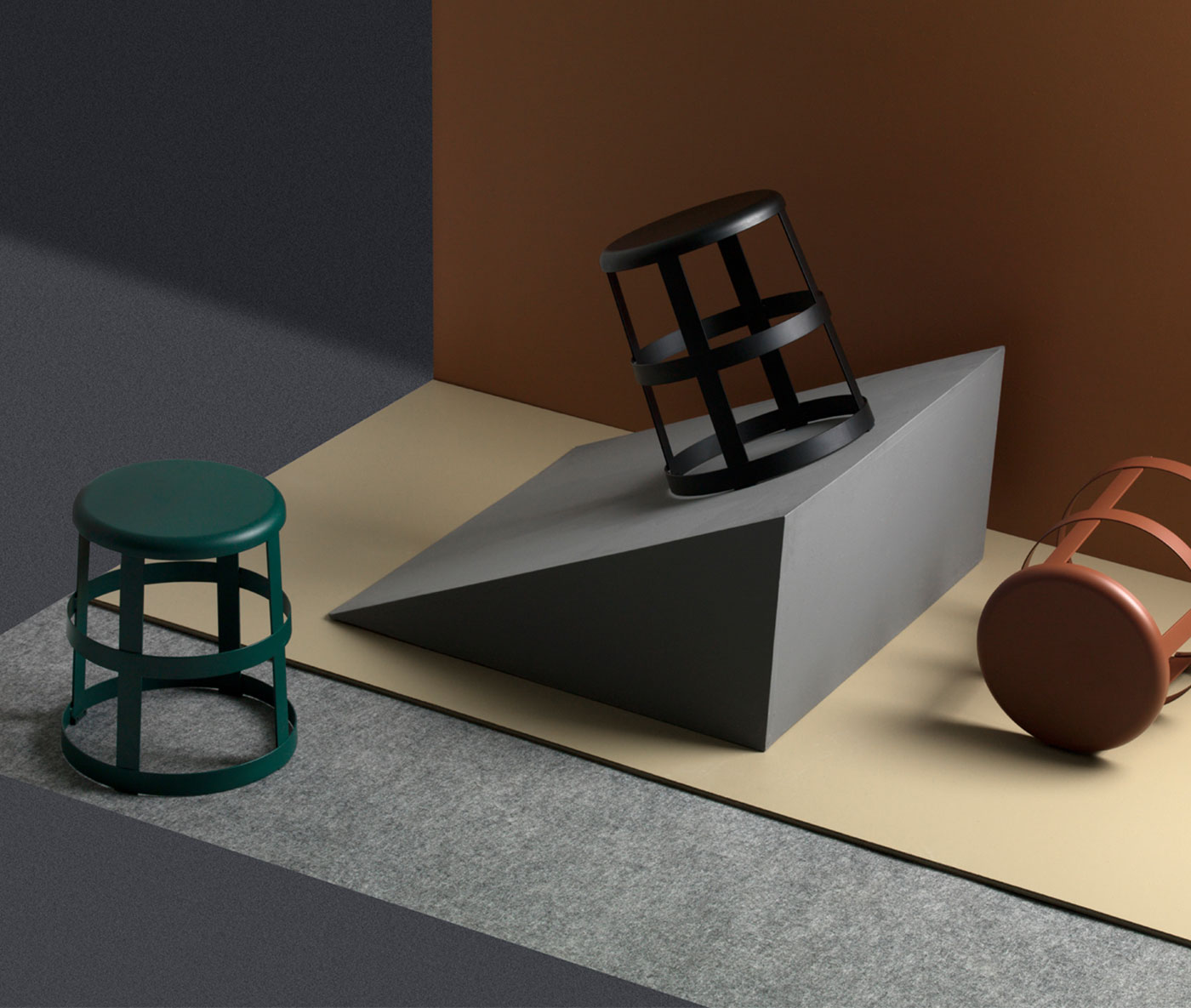
Why start an office in Toronto?
One of the most promising things about Toronto right now is that it feels open and ready to support bigger players in the design game. Just look at MSDS, which is making a name for itself internationally. Toronto is often discussed by Americans like a new discovery, and people think it’s a very small city. In terms of design, they’re usually only aware of Umbra. But seeing MSDS register on an international radar has been inspiring. I think there’s room for the city to become a true centre for that sort of thing. Plus, I missed the green space.
What’s next for Good Thing?
We’re working on some even larger furniture designs to possibly introduce in May 2018, but we won’t determine any order quantities until we get a sense of how the last set is doing. We’re also working on a few smaller things to launch in the meantime. From a marketing standpoint, we’re eager to collaborate with more established designers whose audience might pay us some love, too.

